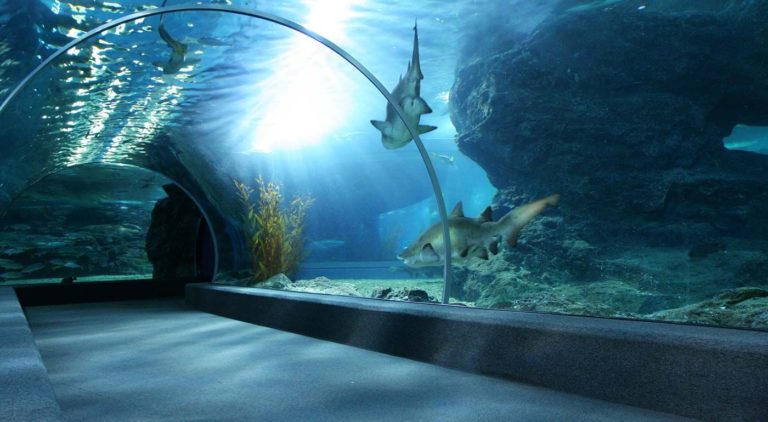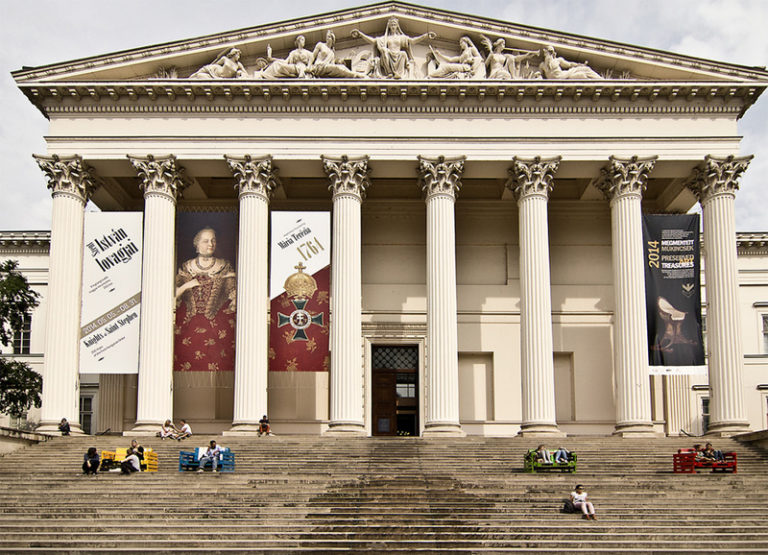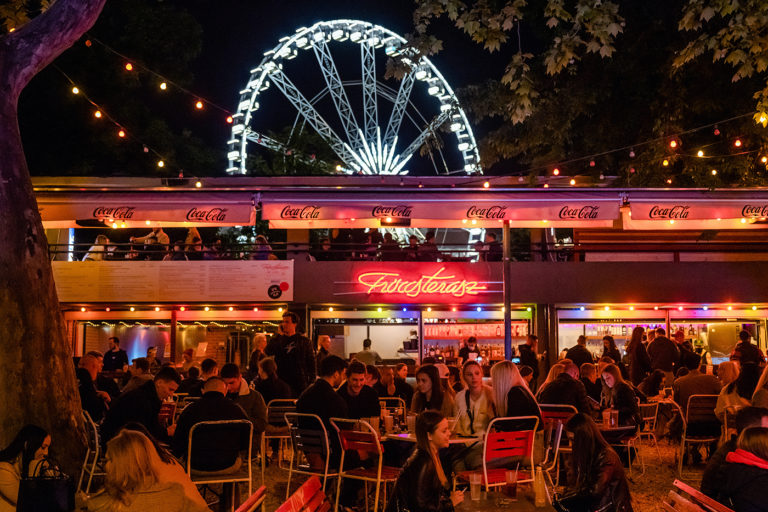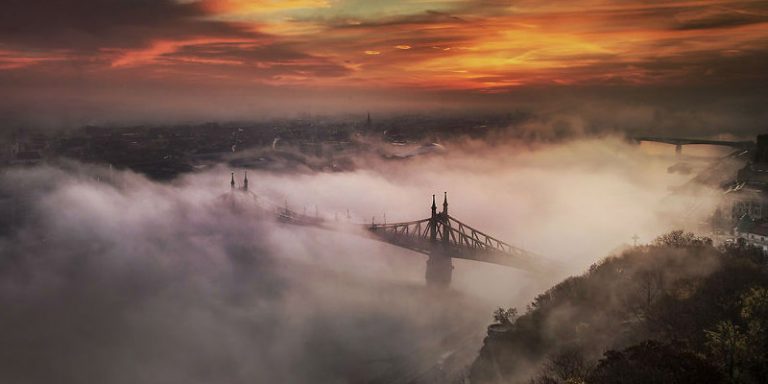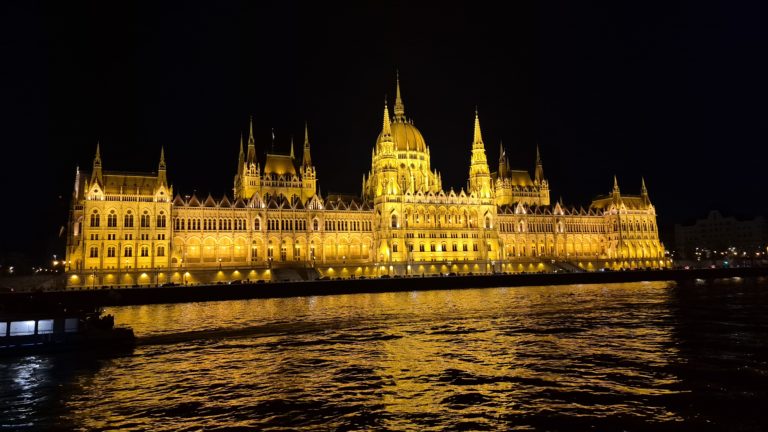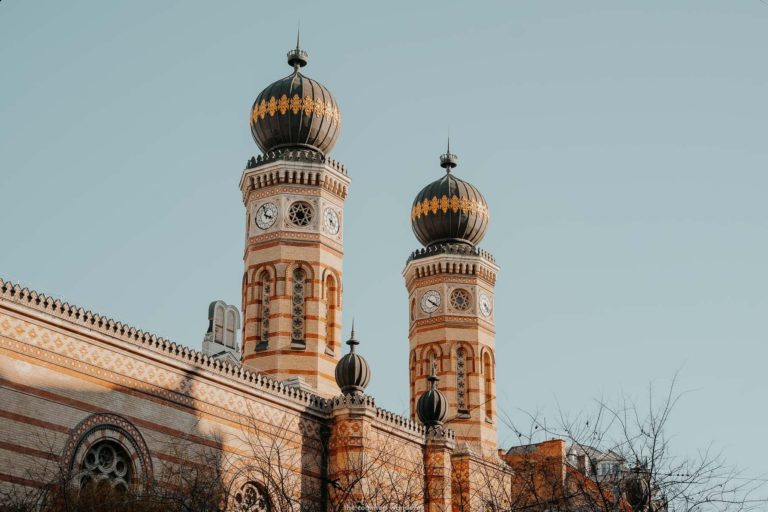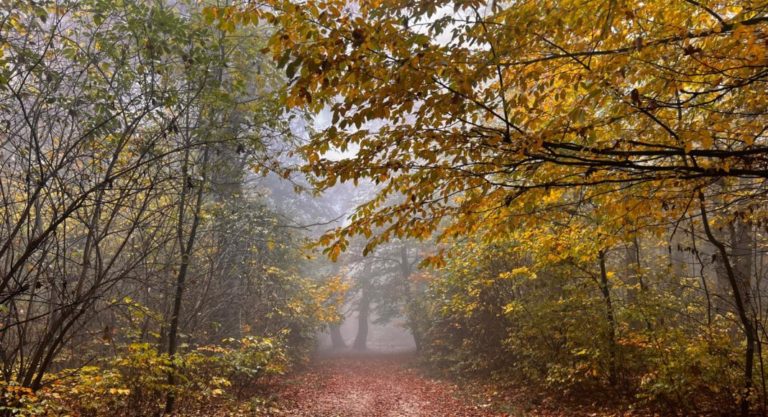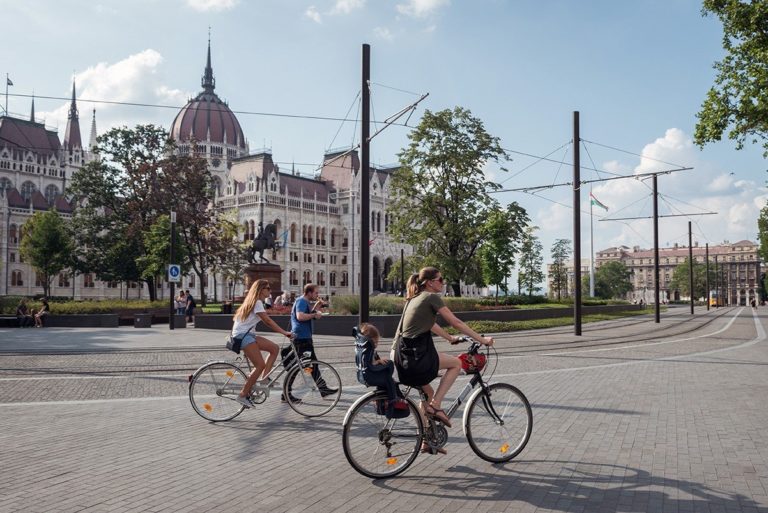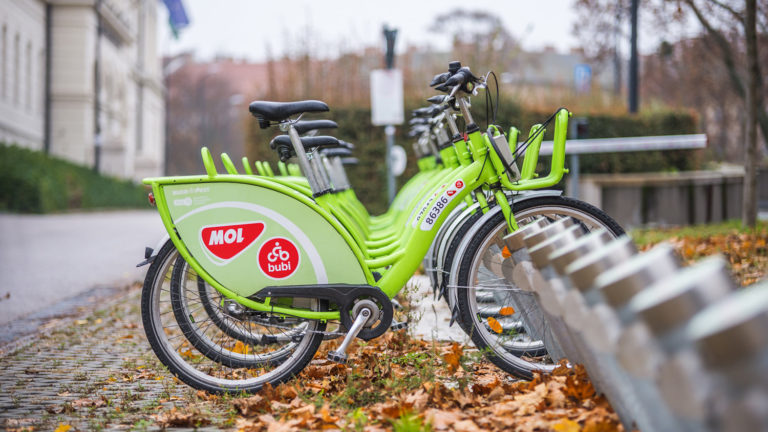Budapest offers a vibrant mix of cultural experiences, thrilling activities, and exciting nightlife. From world-class theaters like the Erkel and Budapest Operetta Theatre to immersive museums and exhibitions, the city has something for everyone. Visitors can enjoy shopping at iconic malls like WestEnd and Arena Plaza, explore unique attractions such as the Tropicarium‑Oceanarium, or challenge themselves at escape rooms. When the sun sets, Budapest’s famous ruin bars, like Szimpla Kert and Instant‑Fogas Ház, come to life, offering an unforgettable nightlife experience. Theatrical Venues Erkel Theatre The Erkel Theatre, located at 30 II. János Pál pápa tér in Budapest, is the largest theatre in Hungary and a significant cultural landmark. Opened in 1911 as the People’s Opera, its design aimed to make opera accessible to the working class. The theatre features a spacious auditorium with excellent acoustics, accommodating up to 2,400 spectators. Over the years, it has hosted a variety of…
The Hungarian National Museum, or Magyar Nemzeti Múzeum, stands as a key institution in the heart of Budapest, acting as the main repository of Hungarian history, art and archaeology. Its mission encompasses the presentation of the rich and complex history of Hungary and the Carpathian Basin from prehistoric times to the present day. Housed in an impressive neoclassical building, the museum not only houses a vast collection of artefacts, but also serves as a symbol of Hungarian national identity. The purpose of this article is to offer a detailed overview of this important museum, providing practical information for visitors and highlighting its profound cultural and historical significance. Practical Information for Visitors For those planning to explore the treasures housed in the Hungarian National Museum, practical information is essential to facilitate the visit. The exact address of the museum is Múzeum körút 14-16, 1088 Budapest, Hungary. Its central location in Budapest…
In Hungary, the act of drinking goes beyond the simple ingestion of alcohol: it is an expression of identity, a vehicle of hospitality and a tradition deeply rooted in everyday life. From family celebrations to informal conversations among friends, there is always a toast to be made and a story to be told. Traditional Hungarian spirits reflect centuries of history, terroir and creativity, and are an integral part of the country’s character. This liquid tour invites you to discover some of the most representative jewels of Hungarian culture: distillates with character, spirits with soul and wines with legend. More than a guide to what to drink, it is an invitation to understand how and why people drink in Hungary. Pálinka: The Distilled Fruity Essence of Hungary Pálinka occupies a place of honour at the heart of Hungarian culture and gastronomy, being considered a ‘Hungarikum’, a unique product of the country.…
Budapest has become a top choice for filmmakers due to its affordability, architectural versatility, and strong production infrastructure. Lower production costs and attractive tax incentives make it a financially smart option, helping position Hungary as a major European film hub. The city’s diverse architecture allows it to stand in for various European capitals and historical settings with minimal modifications. Combined with highly skilled local crews, state-of-the-art studios, and a central European location that simplifies logistics, Budapest offers everything needed for efficient and high-quality film production. Evita (1996): Budapest as a Stand-In for Buenos Aires The 1996 musical drama Evita, based on the life of Argentine political icon Eva Perón, stands as a landmark example of a major Hollywood production choosing Budapest as its filming location. Starring Madonna as Eva and Antonio Banderas as Che, the film chronicles Eva’s rise from humble beginnings to becoming Argentina’s First Lady. Budapest was selected…
Budapest, the Pearl of the Danube, is a city that pulses with rich history and vibrant culture, where the majestic river winds its way between grand monuments and picturesque streets. Beyond its architectural splendor and historical legacy, Budapest is also steeped in a fascinating tapestry of legends and folklore passed down through generations. These stories, often blending historical events with elements of popular imagination, not only serve as entertainment but also offer deep insights into the values, beliefs, and fears of Hungarian society over time. The Tongueless Lions of the Chain Bridge Among the many architectural marvels of Budapest, the Széchenyi Chain Bridge stands as one of the city’s most iconic landmarks. Opened in 1849, it was the first permanent bridge to connect Buda and Pest across the Danube River. While its historic and symbolic significance is well known, the bridge is also wrapped in a peculiar urban legend involving…
The Budapest Parliament stands as one of the most iconic and photographed buildings in the Hungarian capital. Its distinctive profile, with its spires soaring skyward and its imposing presence on the banks of the Danube, has made it a globally recognised landmark. Standing majestically on the banks of the river running through the city, it dominates the cityscape and attracts visitors from all corners of the globe. Its strategic location not only offers spectacular panoramic views, but also makes it a visual focal point accessible from many parts of the city. More than just a government building, the Budapest Parliament is a living symbol of Hungary’s rich history, deep national identity and constant aspiration for sovereignty. Its construction and elaborate design were driven by a fervent desire to assert Hungarian independence in a period of significant political and social transformation. General Information The official name of this building in Hungarian…
Budapest, the vibrant capital of Hungary, owes its existence to the 1873 unification of three distinct settlements: Buda, Pest, and Óbuda. This city, strategically located on the banks of the Danube, has served as a crucial crossroads of European history for centuries. Within this rich tapestry of historical development, the Jewish community has played an enduring and multifaceted role, leaving an indelible mark on the city’s identity, culture, and progress. From its earliest traces in Roman times to its vibrant presence today, the story of Jewish settlement in Budapest is one of resilience, contribution, and profound historical significance. This article aims to provide a concise yet comprehensive overview of this remarkable journey, highlighting the key periods, pivotal events, and lasting impact of the Jewish people on the life and character of Budapest. The Origin and History of the Jewish Quarter The Jewish presence in Budapest dates back to Roman times,…
Budapest is not only a spa town, but also a city for hiking, as you don’t even have to leave its borders for a good hike. For those who love leisure activities, the Hungarian capital is a true paradise: there is hardly any sport that you can’t do here. The hills surround the Buda side, and public transport is well organised, so you can quickly reach all points of the Buda Hills. One of the most popular of the many sites is still Normafa, where many of the locals gather on weekends to clear their heads and lungs while taking a long walk in the woods. Normafa is a convenient 19-minute bus ride from Széll Kálmán Square, where you can also try the gyermekvasút and the funicular. It is also easy to get here from the city centre, with bus 210 from North Pest to Svábhegy on weekdays and a…
Budapest, with its picturesque landscapes and rich cultural heritage, is an ideal city for cycling enthusiasts. Whether you’re an active traveler looking to explore urban environments or a nature lover eager to experience scenic routes, Budapest’s extensive network of cycling paths has something for everyone. Here’s a comprehensive guide to cycling through Budapest, offering routes, rental tips, and more. City Cycling Routes Budapest boasts an impressive array of cycling paths that allow you to see the city from a unique perspective. Some of the most popular routes include: Danube Riverside Route:Cycling along the Danube River provides stunning views of Budapest’s iconic landmarks such as the Parliament Building, Buda Castle, and the Chain Bridge. This route is relatively flat, making it accessible for cyclists of all skill levels. As you pedal along the riverbank, you’ll be treated to a panorama of Budapest’s architectural grandeur, with the majestic spires of the Parliament…
Budapest, the vibrant capital of Hungary, offers not only stunning architecture, rich history, and mouthwatering cuisine but also a plethora of opportunities for exploring the city on wheels. With its flat terrain, extensive bike lanes, and pedestrian-friendly streets, Budapest is a haven for cyclists, skaters, and skateboarders alike. Let’s delve into the ease of getting around Budapest on two, four, or even more wheels, and the services the city provides to enhance this experience.Cycling in Budapest is a joyous experience, thanks to the city’s well-maintained bike paths and breathtaking scenery. Whether you’re cruising along the Danube River, exploring the historic streets of Buda or Pest, or venturing into the lush parks, cycling offers a unique perspective of the city.Budapest provides various services to support cyclists, including bike rental shops scattered throughout the city, making it easy for visitors to hop on a bike and explore at their own pace. Additionally,…

